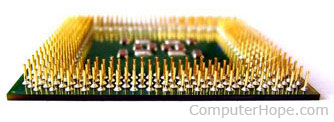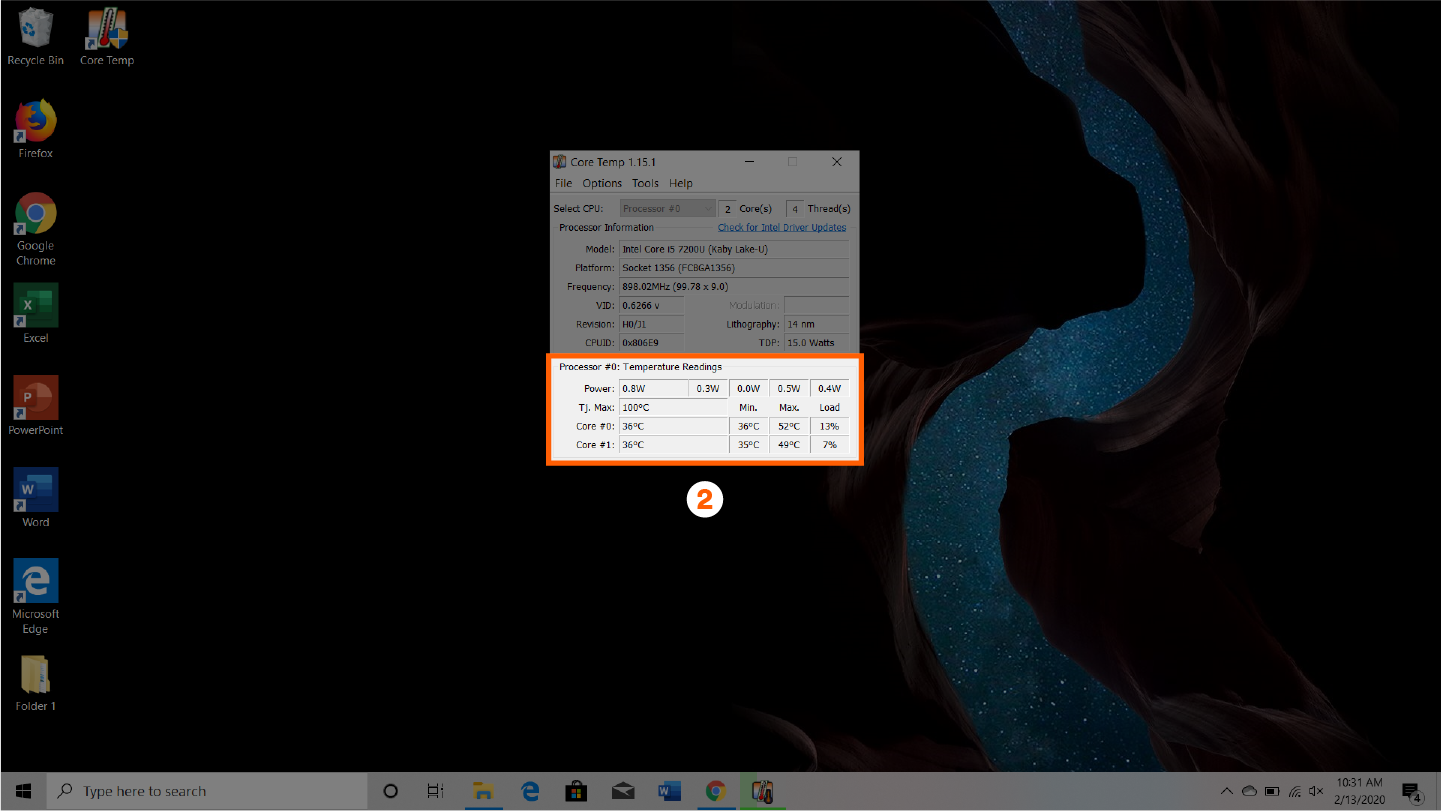

- #CPU HARDWARE CHECK HOW TO#
- #CPU HARDWARE CHECK INSTALL#
- #CPU HARDWARE CHECK PC#
- #CPU HARDWARE CHECK SERIES#
(I’ve been a happy Arctic Silver 5 user for years now.This document describes common commands and processes to monitor CPU usage and troubleshoot high CPU usage issues on Cisco Nexus 7000 Series platforms. You can find small syringes of thermal paste by respected brands like Arctic and Noctua for under $10 on Amazon. Removing the old thermal paste with rubbing alcohol and applying a fresh layer can potentially help lower temperatures by a large amount.
#CPU HARDWARE CHECK PC#
The thermal paste that transfers heat from your CPU to its cooler might have dried out if you’ve had your PC for a few years. If not, more intensive steps are in order. While you’re at it, check to make sure that all your fans are working correctly, pointed the right way, and that none of the vents in your PC are blocked. (Also, make sure your PC’s fans are set up for maximum cooling performance.)
#CPU HARDWARE CHECK HOW TO#
PCWorld’s guide on how to clean your PC can walk you through the process. Local hardware stores usually charge outrageous prices for canned air, but you can pick up a bottle for about $8 on Amazon. High CPU temperatures are often caused by years of dust and grime built up inside a PC, clogging fans and crucial air pathways. If you’re regularly encountering high CPU temperatures, there are some steps you can take to try and fix the issue.įirst, clean out your PC. This is expected, but if temperatures cross 85° C, be concerned. One notable exception: We sometimes see more powerful laptop processors hit the low 80s during gaming sessions when plugged in, at which point they start throttling back performance.

Check your hardware for broken fans or dust build-up, and if you’re overclocking, dial back your settings-especially the voltage if you’ve tweaked it.

If you’re not, definitely check to make sure your fans are working and there aren’t dust bunnies clogging up your system’s airflow. 70° C to 80° C: This is hotter than you want to run unless you’re pushing an overclock.Consider cleaning the dust out of your PC if CPU temperatures continue to creep up over time. 60° C to 70° C: Still running fine, but getting a bit warmer.You’ll see a temperature listing for every individual CPU core in your computer. If you want even more detail, click the Show hidden icons button in the system tray located at the right edge of your Windows taskbar. Once installed, open Core Temp to see a no-frills look at the current state of your CPU, including an average temperature reading at the bottom of the window.
#CPU HARDWARE CHECK INSTALL#
Be mindful during installation though! Like many free programs, it tries to install bloatware unless you uncheck some boxes during setup. The fastest, easiest way to check your CPU temp is using the aptly named Core Temp. Fortunately, several free programs exist that make it easy to see your processor’s temperature. You could dive into your system’s BIOS to find the information, but that’s a lot of hassle to find a simple sensor reading. Keeping tabs on your CPU temperatures is crucial when you’re overclocking your PC’s processor, too-you don’t want to accidentally push the performance pedal too far to the metal when you’re supercharging your pricey Core i9-11900K or AMD Ryzen 5900X, especially given how hard it is to acquire processors these days.īizarrely, Windows doesn’t offer any way to check your computer’s CPU temperature.

Is your computer’s CPU too hot? If your PC starts spontaneously shutting down, locking up, or acting sluggish during intense tasks, overheating could be the issue.


 0 kommentar(er)
0 kommentar(er)
